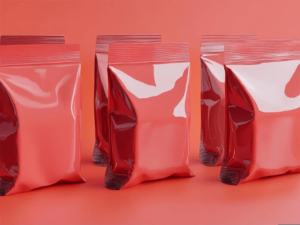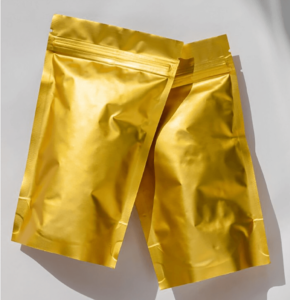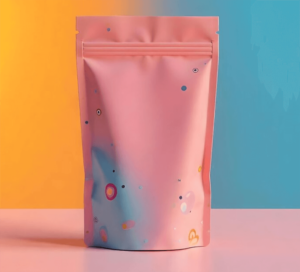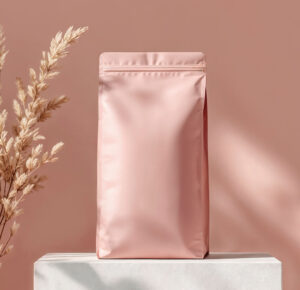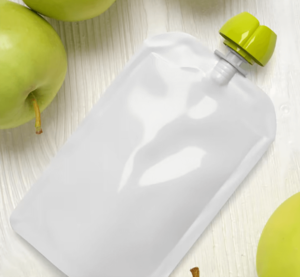Flexible packaging is the perfect solution for small coffee roasters looking to protect their beans, maintain freshness, and build a memorable brand presence. By choosing the right packaging materials, sizes, and designs, small roasters can deliver quality and stand out in a competitive market. This guide explores the benefits of flexible packaging, the types best suited for coffee, and practical tips for small roasters aiming to create the ideal coffee experience.
Why Flexible Packaging is Ideal for Coffee Roasters
Flexible packaging offers small coffee roasters a unique combination of benefits, from preserving the freshness of coffee beans to providing a cost-effective way to display their brand identity. Here’s why it stands out:
- Freshness and Protection: Coffee is highly sensitive to light, moisture, and oxygen, which can cause it to lose flavor and aroma. Flexible packaging materials, like high-barrier films, protect beans from these elements, ensuring that customers enjoy a fresh brew every time.
- Lightweight and Space-Efficient: Flexible packaging is easier to transport and store compared to rigid containers, which can help small businesses save on shipping costs and storage space.
- Branding Opportunities: Customizable pouches and bags allow roasters to design visually striking packaging that communicates their brand’s story and values.
With the right packaging, small coffee roasters can compete with larger brands by offering a premium experience that emphasizes both quality and style.
Types of Flexible Packaging for Coffee
Choosing the right type of flexible packaging for coffee is essential to maintain quality and meet customer expectations. Below are some popular options:
1. Stand-Up Pouches with Degassing Valves
Stand-up pouches are a favorite choice for coffee roasters. The added degassing valve lets carbon dioxide escape while preventing oxygen from entering, preserving freshness and aroma. This is crucial for freshly roasted coffee beans, as they naturally release gases that need to escape without compromising the seal.
These pouches are also shelf-stable, standing upright for easy display, and come in a variety of sizes and finishes (matte, glossy, kraft paper, etc.), allowing roasters to tailor the look to their brand. Stand-up pouches are a perfect balance of functionality and aesthetic appeal, especially for retail.
2. Flat-Bottom Bags
Flat-bottom bags are popular among coffee roasters who want to make a statement on the shelf. These bags offer a stable, box-like shape that stands out visually and makes them easy to stack or display. With multiple panels for branding, flat-bottom bags give small roasters more space to share their story, logo, or other unique details.
Like stand-up pouches, flat-bottom bags can include a degassing valve, making them ideal for maintaining freshness. This type is often chosen for premium or specialty coffee lines due to its higher perceived value.
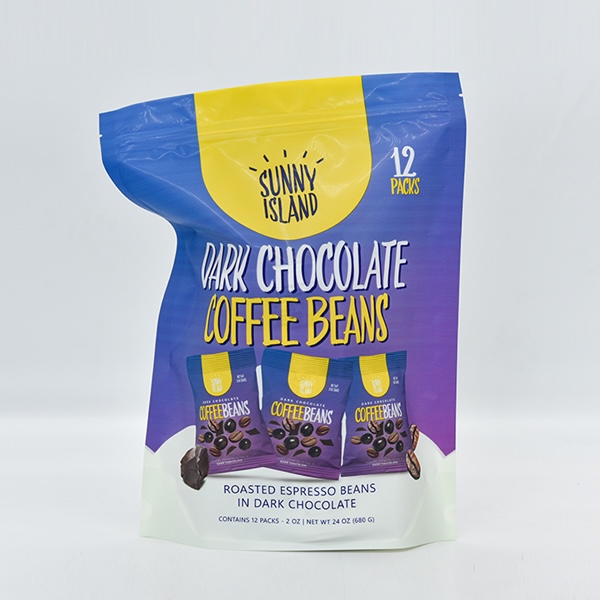
3. Lay-Flat Pouches (Quad Seal Bags)
Lay-flat pouches, also known as quad seal bags, lie flat when filled and are perfect for small portions, sample sizes, or single-origin offerings. They offer a sleek look and are ideal for roasters offering different sizes or subscription boxes.
These pouches are cost-effective and can still include essential features like a resealable zipper or valve. They’re a versatile option for small coffee roasters who want to keep packaging expenses low while still ensuring quality and branding.
4. Eco-Friendly Packaging Options
As consumers increasingly seek sustainable brands, eco-friendly packaging has become essential for many small coffee roasters. Options like compostable pouches, biodegradable films, and recyclable materials allow roasters to align with eco-conscious values and differentiate themselves in a crowded market.
Many eco-friendly coffee pouches still offer features like resealable zippers and degassing valves, so roasters don’t have to sacrifice functionality for sustainability. For example, plant-based materials such as PLA (polylactic acid) can maintain quality while being compostable under industrial conditions.
5. Sample and Single-Serve Sachets
For small coffee roasters looking to grow their customer base, sample and single-serve sachets are a great choice. These compact, flexible pouches make it easy to distribute small amounts of coffee, ideal for online orders, tasting events, or promotional giveaways.
These sachets are often lay-flat, saving on packaging costs and space. By offering samples in eye-catching, branded packaging, roasters can attract new customers and invite them to experience their unique blends and flavors before committing to larger purchases.
Benefits of Flexible Packaging for Small Coffee Roasters
Flexible packaging offers multiple advantages to small coffee roasters that extend beyond aesthetics. Here are some key benefits:
1. Preserving Freshness and Quality
Coffee’s freshness is key to customer satisfaction, and flexible packaging is designed to help. With high-barrier films that block light, air, and moisture, along with optional degassing valves, flexible packaging ensures that coffee stays fresh from roast to cup. This protection preserves the aroma, flavor, and oils that make each roast unique, meeting customer expectations for quality.
2. Lower Shipping and Storage Costs
Flexible packaging is lightweight and space-efficient, which makes shipping and storing coffee more affordable for small roasters. Lower shipping costs mean roasters can reinvest in other areas of the business, such as marketing or product development. Flexible pouches also require less storage space in warehouses, which is especially valuable for small businesses operating in limited spaces.
3. Customizable for Brand Identity
Small coffee roasters rely on building a distinct brand to compete in a saturated market. Flexible packaging can be easily customized with brand colors, logos, and messaging, helping small roasters create a memorable, cohesive brand identity. Whether it’s a minimalist kraft paper pouch or a vibrant, colorful bag, the packaging can tell the story of the brand and communicate its unique value to customers.
4. Sustainable Options Appeal to Eco-Conscious Consumers
With consumers paying more attention to sustainable packaging, small coffee roasters can use flexible, eco-friendly packaging to build a reputation for social responsibility. Compostable, recyclable, or biodegradable materials not only reduce environmental impact but also appeal to a growing segment of eco-conscious coffee drinkers. Emphasizing sustainability can attract new customers and foster loyalty among those who prioritize green brands.
5. Enhanced Customer Experience with Convenience Features
Flexible coffee packaging can be designed with customer convenience in mind. Resealable zippers, one-way valves, and easy-to-open notches add value to the consumer’s experience. Resealable closures keep coffee fresh between uses, while degassing valves allow freshly roasted beans to release gas without letting in air, preserving freshness. These features make packaging user-friendly and demonstrate attention to detail, which customers appreciate.
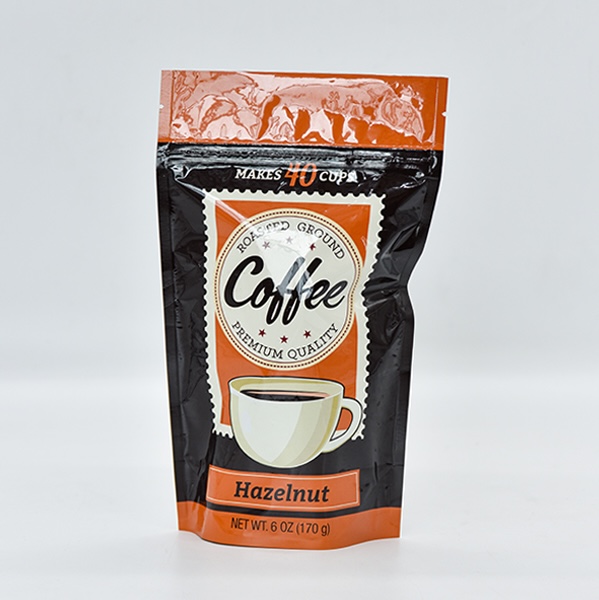
Tips for Small Roasters Selecting Flexible Packaging
Choosing the right flexible packaging can seem overwhelming, but a few strategic steps can help small roasters find the best solution for their brand.
1. Determine the Packaging Size and Volume Needs
Start by estimating the average weight of your coffee bags and the volume you need to store. Small-batch roasters may benefit from offering different sizes, such as small pouches for samples and larger bags for loyal customers. Determining these needs upfront helps streamline the selection process and ensures that you’re not paying for packaging sizes you don’t need.
2. Select a Material that Fits Your Brand
Think about the look and feel you want to convey. For an artisanal, small-batch brand, kraft paper pouches or matte finishes can create a more organic, high-quality appearance. For a bolder, modern look, glossy or vibrant designs may be more suitable. Material choices also impact cost and sustainability, so balance your aesthetic goals with practical considerations.
3. Prioritize Freshness-Preserving Features
For coffee packaging, a degassing valve is a must. This valve allows freshly roasted beans to release carbon dioxide without letting oxygen in, which is essential for maintaining quality. Other features like resealable zippers add convenience and help consumers keep coffee fresher longer, improving overall satisfaction.
4. Consider Eco-Friendly Packaging Options
If your brand emphasizes sustainability, explore compostable, recyclable, or biodegradable options. Many eco-friendly packaging materials still provide the protection coffee needs while helping reduce environmental impact. Look for suppliers who offer a range of sustainable options to find one that aligns with your brand’s values and budget.
5. Work with a Reliable Packaging Supplier
Partnering with a supplier who understands the needs of small coffee roasters can save you time and money. Choose a supplier who offers a range of customizable options and has experience with coffee packaging. A good supplier can guide you in selecting the right materials and features, ensuring your packaging aligns with your product goals.
Conclusion
For small coffee roasters, flexible packaging provides the perfect blend of quality preservation, branding potential, and sustainability. From stand-up pouches with degassing valves to eco-friendly options, flexible packaging meets the unique needs of the coffee industry while helping small roasters stand out on shelves and online.
By choosing the right flexible packaging, small coffee roasters can enhance product quality, lower costs, and build a strong, memorable brand that resonates with today’s coffee-loving consumers.

